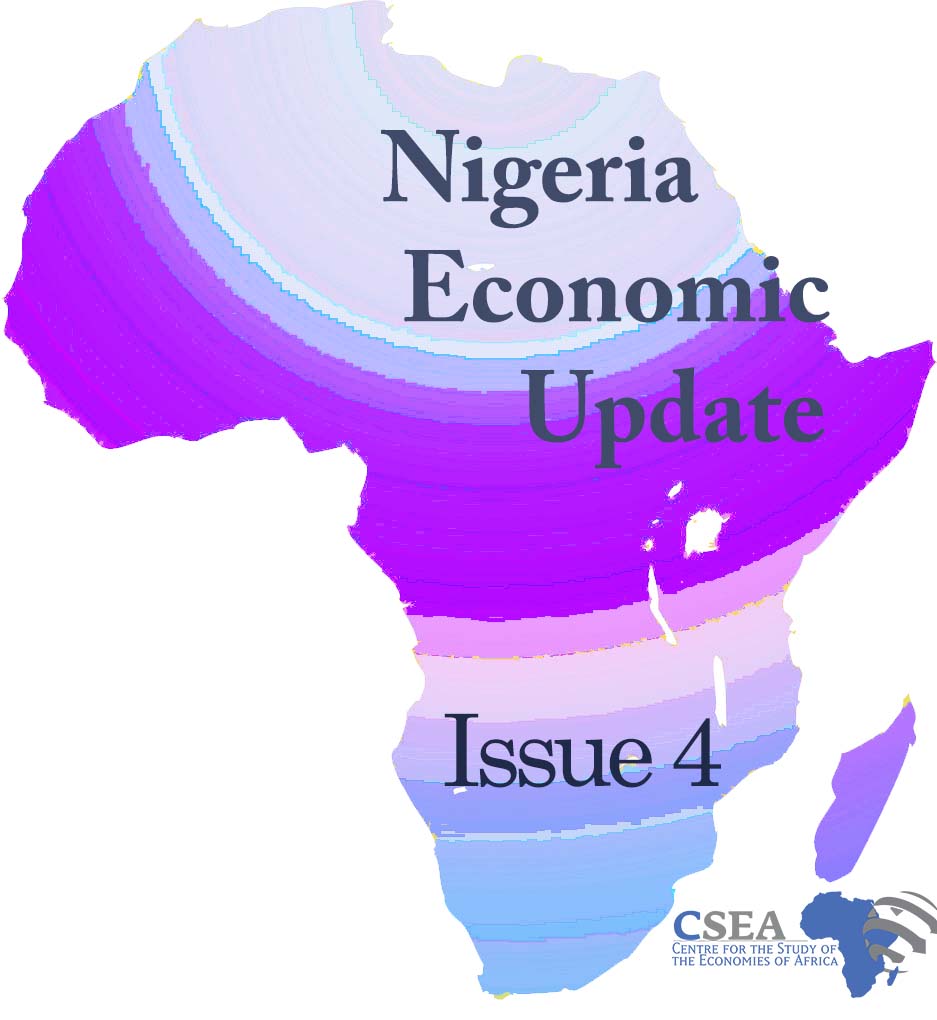The monetary policy committee provided policy parameters at the first meeting for the 2019 fiscal year, held on 21st and 22nd January, 20191. As presumed, all parameters were left unchanged at their current levels: MPR at 14 percent, CRR at 22.5 percent, liquidity ratio at 30 percent, and asymmetric corridor of +200/-500 basis points around the MPR. This is the 14th consecutive time the MPC will retain all parameters, and the apex bank is justifying its stance by insisting that the economy has remained on a noteworthy track based on prevailing positive macroeconomic performances2. The committee’s optimistic outlook is likely hinged on, among other laudable achievements, the acclaimed return of foreign investors’ confidence and convergence of the foreign exchange market – the CBN has relentlessly upheld the value of the Naira despite perceptions of election risks on exchange rates. In the coming months, changes in monetary policy parameters will, however, depend on the macroeconomic performance after the elections as well as the objective to hit the CBN’s inflation target of 6 to 9 percent.
Macroeconomic Report & Economic Updates

February 12, 2019
Nigeria Economic Update (Issue 4)
The monetary policy committee provided policy parameters at the first meeting for the 2019 fiscal year, held on 21st and 22nd January, 20191. As presumed, all parameters were left unchanged at their current levels: MPR at 14 percent, CRR at 22.5 percent, liquidity ratio at 30 percent, and asymmetric corridor of +200/-500 basis points around […]
Read →
Related
Nigeria Economic Review
Global economic growth remained
fairly stable in 2016Q3 with baseline projections for global growth at 3.1 percent and 2.4
percent by International Monetary Fund (IMF) and the World Bank respectively.
Growth in developed countries was moderate but unevenly distributed: while the
U.S and the UK showed improvements, growth in other economies remained tepid.
Among emerging countries, India witnessed higher growth while growth in China
remained constant but the Chinese Yuan continued to appreciate. Given that
India is Nigerias major crude oil importer, improving economic conditions in
India may translate into rising demand for Nigerias crude oil. However, the
continuous appreciation of the Yuan poses significant inflationary threat in
Nigeria given the high level of imports from China. Subdued global demand, weak
trade, uncertainties in commodity prices and consequences of the Brexit were
the key constraining factors to growth over the period. In addition, growth in
Sub-Saharan African countries remained generally slow on the account of low
commodity price, political turmoil, and inconsistent government policies.
